Wastewater Detectors Screen Selection Guide
Industrial environments are often complex and demanding. A suitable display screen not only ensures clear data presentation but also plays a vital role in long-term, stable operation.
Water quality monitoring has become a critical component in environmental protection, industrial production, and water resource management. As the key interface for human-machine interaction, the choice of display screen for wastewater detectors directly impacts the user experience and data readability of the device.
With a wide array of display products available in the market, selecting the right screen for specific wastewater detection scenarios has become increasingly important. This guide provides a comprehensive selection framework based on several key dimensions.
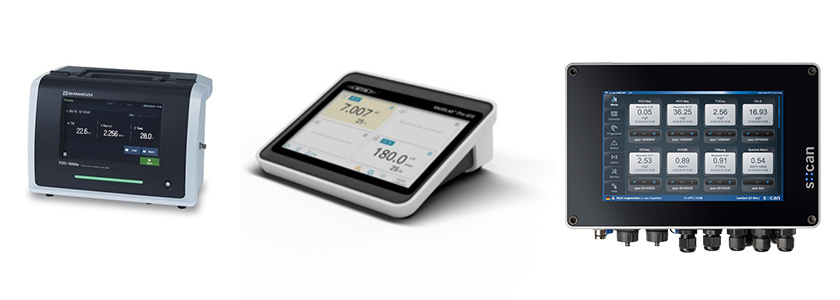
Step 1 : Special Requirements for Display Screens in Industrial Environment
Industrial environments differ significantly from typical office or home settings, imposing far more demanding requirements on display screens. In wastewater detection scenarios, displays may need to withstand challenges such as humidity, dust, and significant temperature fluctuations. True industrial-grade touchscreens offer features such as :
- Electromagnetic interference (EMI) resistance
- Wide-temperature operation (typically supporting continuous use from -20°C to 70°C)
- High touch durability (capacitive screens can withstand up to 50 million clicks)
- Dustproof and waterproof construction (IP65 rating or higher)
- Plug-and-play design
Choosing an unsuitable display screen may lead to frequent equipment failures, difficulties in reading data, and even compromise the stability of the entire monitoring system. Therefore, it is essential to consider environmental factors, technical parameters, and practical application requirements during the selection process.
Step 2 : Key Parameters for Display Screen Selection
The size of a screen is typically indicated by its diagonal length in inches. Common industrial sizes include 7 inches, 10.1/10.4 inches, 12.1 inches, and 15.6 inches. Resolution directly impacts display clarity, with common options such as:
800×480 (WVGA): Suitable for small HMI devices
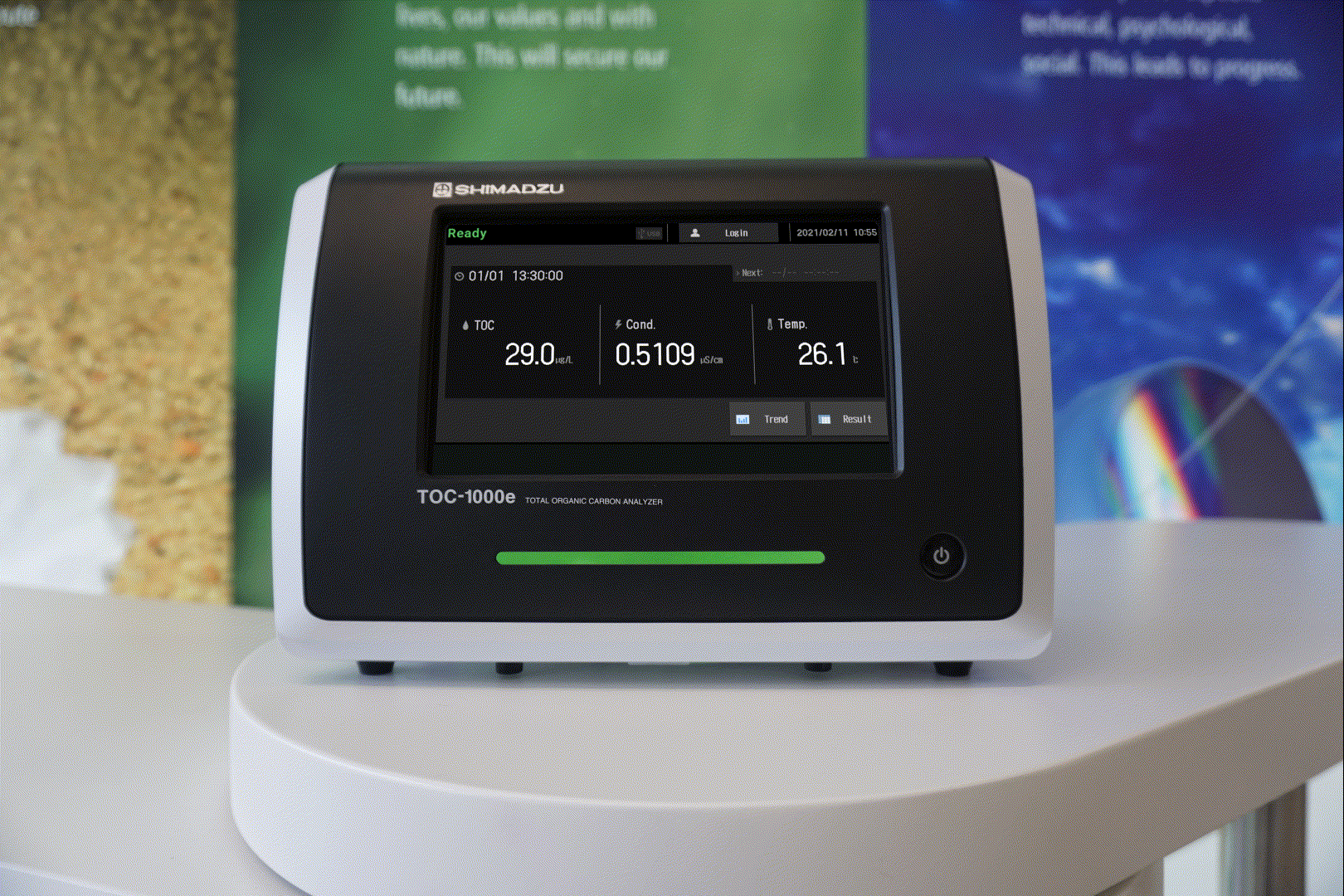
1024×600/768(XGA)1280*720(WXGA):Mid-range industrial screens, ideal for control panels
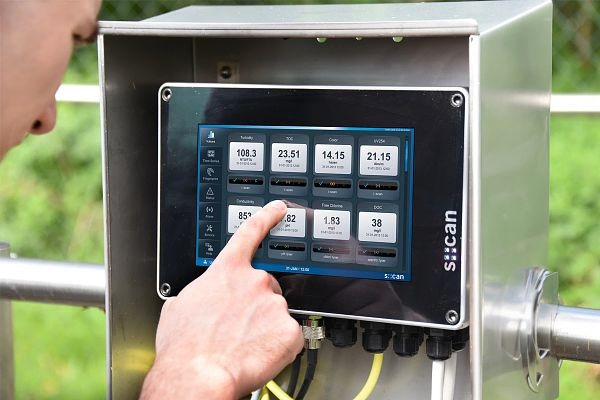
1920×1080(FHD):High-precision display, suitable for medical imaging and inspection equipment
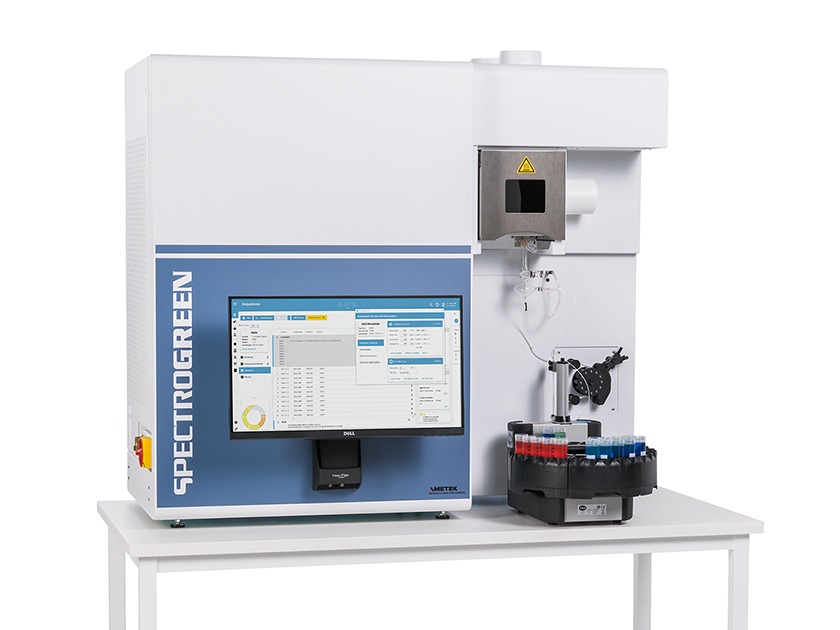
Selection Tip: Consider the installation space and viewing distance to avoid operational difficulties caused by an overly small screen. Additionally, high-resolution screens require more powerful processor and graphics support—ensure they match your system’s performance capabilities.
2.1 Brightness and Contrast
Industrial environments often feature strong ambient light (e.g., outdoors or workshops), making standard displays (200–300 nits) difficult to read under direct sunlight. Recommended brightness levels are as follows:
Indoor environments: 300-500nit
Semi-outdoor/brightly lit environments: 500-1000nit
Direct sunlight environments: 1,000 nits or higher(should be paired with anti-glare coating)
Contrast ratio refers to the ratio between the brightest and darkest areas of the screen (e.g., 1000:1). A high contrast ratio enhances image depth and ensures clear visibility even in low-light conditions (e.g., nighttime factory operations). Recommended ranges:
General industrial applications: 800:1–1500:1
2.2 Viewing Angle
Industrial equipment may require viewing from multiple angles. Different panel technologies vary significantly in viewing performance:
TN panels:Low cost, but narrow viewing angles (approx. 160° horizontal, 140° vertical), prone to color shifting
VA panels:High contrast ratio, moderate viewing angles (approx. 178°)
IPS panels:Wide viewing angles (178° or more), accurate color reproduction, suitable for multi-user scenarios
Selection Tip: For fixed-viewing applications (e.g., control consoles), TN or VA panels may suffice. For devices requiring viewing from multiple angles (e.g., public terminals), IPS panels are recommended.
2.3 Operating Temperature and Protection Rating
Standard LCD screens may malfunction below 0°C or above 50°C, whereas industrial-grade displays typically support an operating temperature range of -30°C to 80°C. Extreme environments (e.g., freezers or steel plants) may require ranges as wide as -40°C to 85°C.
Protection ratings are critical in wastewater detection environments due to potential exposure to dust, moisture, and oils. Common ratings include:
IP65:Dust-tight and protected against low-pressure water jets (suitable for general workshops)
IP67:Protected against temporary immersion (e.g., during equipment cleaning)
IP69K: Protected against high-pressure, high-temperature water jets (e.g., food and chemical industries)
Selection Tip: Choose at least IP65 for humid or dusty environments. Outdoor equipment should ideally be IP67 or higher. For example, host devices in river monitoring stations may require IP65, while sensors may need IP68.
2.4 Touch Technology
Industrial touchscreens must account for glove operation, interference resistance, and durability:
Resistive touch: Supports gloves and stylus input, but shorter lifespan (approx. 1 million touches)
Capacitive touch: High sensitivity, but may not respond to gloved hands (unless specialized models are used)
Selection Tip: For factory production lines (where gloves are worn), 5-wire resistive touch is recommended. For public terminals (requiring high sensitivity), Projected Capacitive (PCAP) touch is ideal.
2.5 Interface Types
Industrial device interfaces must ensure signal stability and compatibility:
LVDS:Strong anti-interference capability, suitable for long-distance transmission (commonly used in industrial control)
HDMI/DP:Supports high resolution but susceptible to electromagnetic interference
VGA:Being phased out, only used in legacy equipment
RS-485/RS-232:Commonly used for industrial communication
Selection Tip: For long-distance wiring or high-interference environments, prioritize LVDS or industrial-grade communication interfaces.
Step 3 : Display Selection Recommendations for Different Application Scenarios
3.1 Industrial Wastewater Treatment Monitoring
Industrial wastewater treatment environments are often challenging, with chemical vapors, dust, vibration, and temperature fluctuations being commonplace. Displays used here must demonstrate exceptional durability and reliability.
Environmental Characteristics & Challenges:
Chemical corrosion risk: Gases such as hydrogen sulfide and ammonia produced during treatment can corrode electronic components.
Mechanical vibration: Continuous vibration from the operation of large equipment like pumps and agitators.
Dusty environment: Air in processing areas often contains dust particles.
Temperature and humidity fluctuations: Process variations lead to significant changes in ambient conditions.
Recommended Key Parameters::
Brightness: ≥500 nits to ensure readability under strong workshop lighting
Protection rating: At least IP65 to prevent ingress of dust and moisture
Panel technology: Industrial-grade IPS panels offering 178° wide viewing angles for multi-angle viewing
Touch technology: 5-wire resistive or industrial capacitive, supporting gloved operation
Front panel material: Chemically strengthened glass, ≥3mm thickness, resistant to scratches and corrosion
Operating temperature: -20℃ to 70℃ wide-temperature design to handle workshop variations
Interfaces: Industrial communication interfaces such as RS-485/Modbus for easy connection to PLC systems
3.2 Outdoor River Monitoring Stations
Outdoor water quality monitoring stations are directly exposed to natural elements, facing extreme conditions like sun exposure, rain, and temperature variations, demanding extremely high environmental adaptability from displays.
Environmental Characteristics & Challenges:
Direct sunlight: Intense sunlight can cause rapid temperature rise on the screen surface
Rain erosion: Risk of water penetration from heavy rain, dew, etc.
Temperature extremes: Summer highs can exceed 50°C, winter lows may drop below -20°C
Vandalism risk: Potential human damage in public areas
Recommended Key Parameters:
Brightness: 1000-1500 nits to ensure clear visibility under direct sunlight
Protection rating: IP67 or higher, ensuring dust and water immersion protection
Operating temperature: -30℃ to 80℃ ultra-wide range to adapt to seasonal changes
Optical bonding: Full lamination technology to reduce glare and improve sunlight readability
Touch technology: Infrared or specialized capacitive, supporting operation in rain and with gloves
Enclosure material: Stainless steel or industrial plastic with UV-resistant treatment
Power adaptability: Wide voltage input (9-36VDC) to accommodate solar power system fluctuations
3.3 Laboratory Precision Water Quality Analysis
Laboratory environments demand higher display accuracy, color reproduction, and data processing capabilities, requiring displays to provide precise data visualization and analysis functions.
Environmental Characteristics & Challenges:
Cleanliness requirements: Screens must not generate dust contamination
Color accuracy: Needed for color-sensitive data display and image analysis
High resolution requirements: Simultaneous display of multiple parameters and graphs
Precise touch: High-accuracy operation of software interfaces and data processing
Recommended Key Parameters:
Resolution: Full HD (1920×1080) or higher to ensure clear data presentation
Panel type: IPS or OLED panels providing accurate color reproduction and wide viewing angles
Contrast ratio: 2000:1 or higher to ensure distinct image layering
Touch accuracy: ±1mm high-precision touch supporting multi-touch gestures
Interface variety: HDMI, USB-C, DP, and other interfaces for easy connection to other devices
Anti-smudge coating: Anti-fingerprint and anti-glare coatings to maintain screen cleanliness
Software compatibility: Support for various operating systems including Windows and Linux
Step 4 : Reference Case Study
Process Insights Application Case
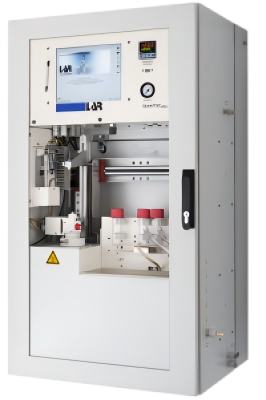
High-Visibility Industrial Touchscreen
The device is equipped with a 10.4-inch industrial-grade touchscreen, providing ample space for operation and data display. The screen delivers high brightness of 400 nits or above, ensuring clear visibility even under strong ambient light—enabling operators to read data easily without shading the screen.
Rugged Enclosure Design
The QuickTONultra™ TN features a steel enclosure structure with powder-coated surface treatment, which not only enhances physical strength but also effectively resists corrosion, chemical erosion, and mechanical impact, extending the device’s service life in harsh industrial environments.
Comprehensive Protection Rating
The device achieves an IP54 protection rating, providing effective defense against dust ingress and liquid splashes:
Dust protection: Prevents harmful dust accumulation, ensuring stable operation of internal components
Water splash protection: Withstands water splashes from all directions, adapting to humid environments
Current Output Configuration
Internal current output: 2/6 A internal current output capacity
External current output: 16 A external current output capability, meeting high-power equipment connection needs
Network Connectivity
Wired network: Standard LAN interface ensures stable and reliable network connection
Wireless network: Optional WLAN function enhances deployment flexibility
Internet capability: Supports internet connectivity for remote data access and system integration
Advanced Remote Control Features
The device supports remote control via TCP/IP protocol, enabling operators to:
Access device data from control rooms or remote monitoring centers
Perform real-time parameter adjustments and system configuration
Reduce on-site operation requirements, improving work efficiency and safety
Wired Serial Communication
RS-232 serial interface: Provides standard industrial serial communication capability, supporting stable data transmission with various legacy industrial devices
Step 5 : Installation and Maintenance Considerations
Installation angle: Consider the operator’s viewing angle and light direction to avoid glare affecting readability.
Environmental adaptability testing: Before formal procurement, request samples from suppliers(LEEHON) for environmental testing (e.g., high/low temperature, vibration tests) to verify screen stability under actual working conditions.
Regular cleaning: Maintain screen cleanliness using appropriate cleaners and soft cloths to avoid damaging anti-glare coatings and touch sensitivity.
Software compatibility: Ensure display compatibility with existing monitoring systems and data acquisition software, such as support for industrial standards like Modbus-RTU protocol.
Step 6 : Conclusion
When selecting a display for wastewater detectors, the following factors should be comprehensively considered:
Usage environment: Indoor, outdoor, or special industrial conditions?
Display requirements: Types of data to be displayed and precision needs?
Operation method: Is touchscreen capability required? Will gloved operation be necessary?
Interface compatibility: Which devices or systems need to be connected?
Long-term reliability: Expected service life and maintenance cycle?
Best Practices:
Communicate application scenarios in detail with suppliers(LEEHON), request samples for real-environment testing, and consider both cost and reliability throughout the equipment’s entire lifecycle.
Through proper selection, the display of a wastewater detector will not only present water quality data clearly but also operate reliably over the long term in harsh environments, providing a solid foundation for water quality monitoring.
Choosing the right display is a crucial step in ensuring the effective operation of wastewater detection equipment. We hope this guide helps you identify the most suitable display solution for your project needs—enabling clear presentation of water quality data and delivering reliable support for decision-making.
Back